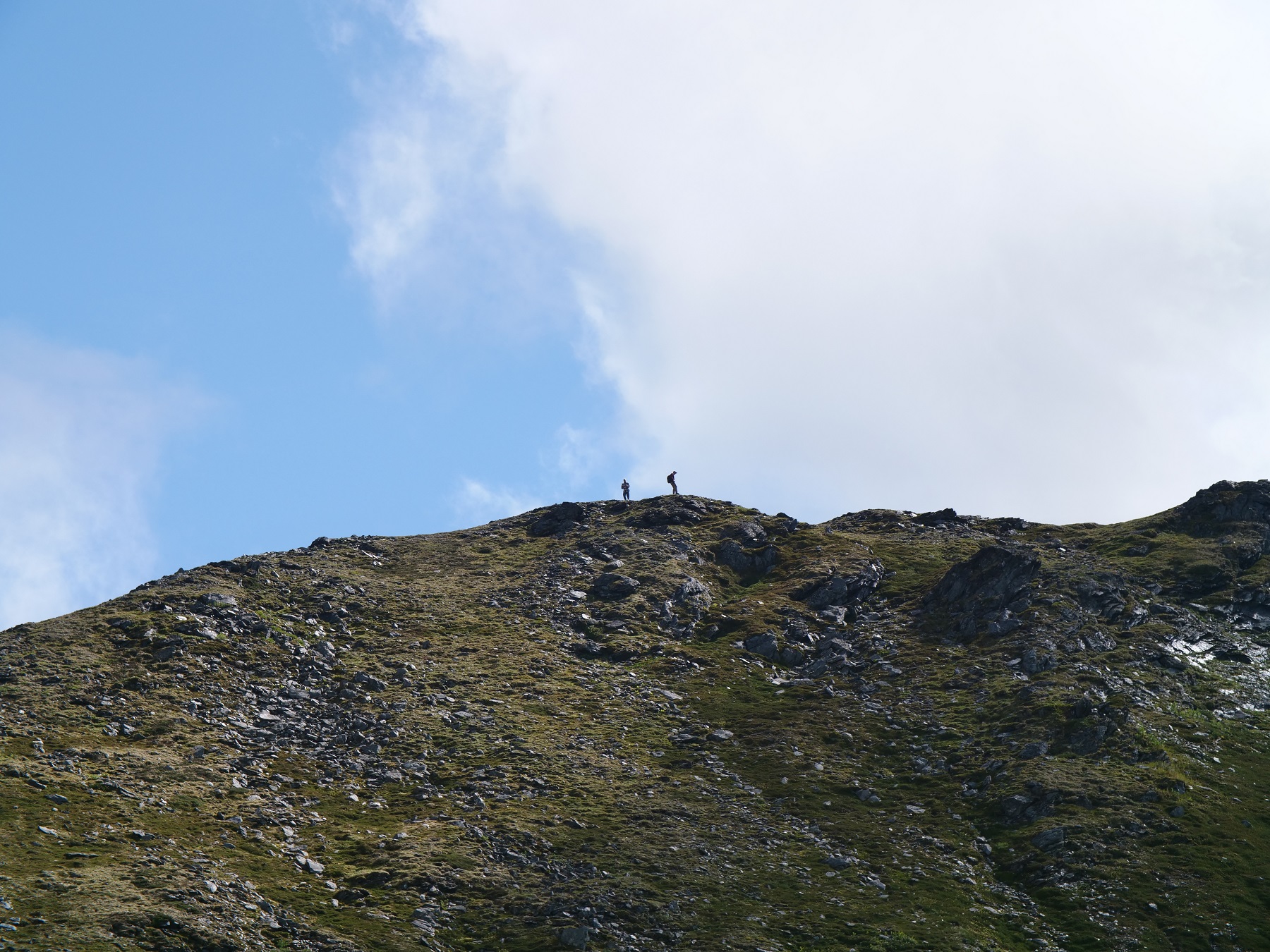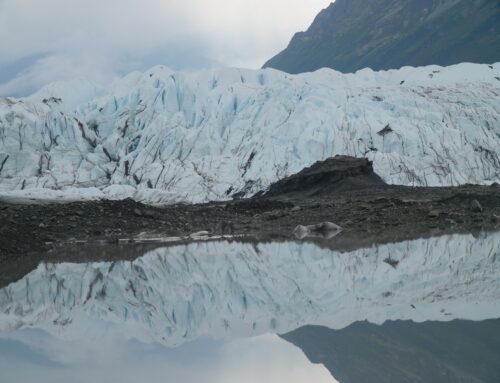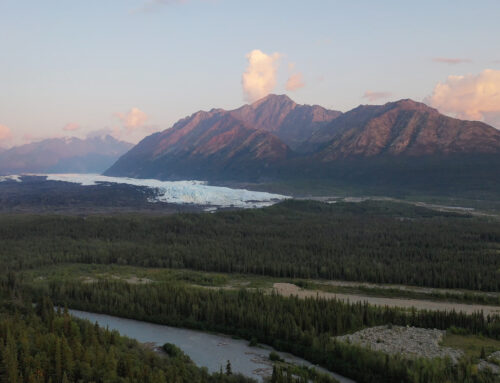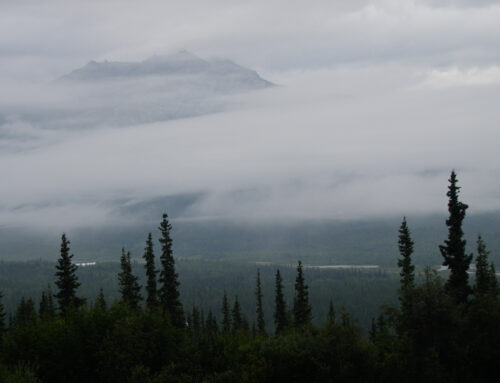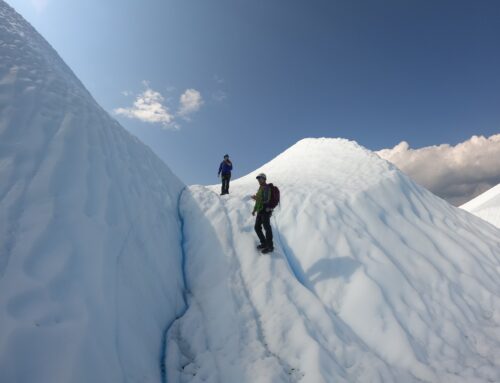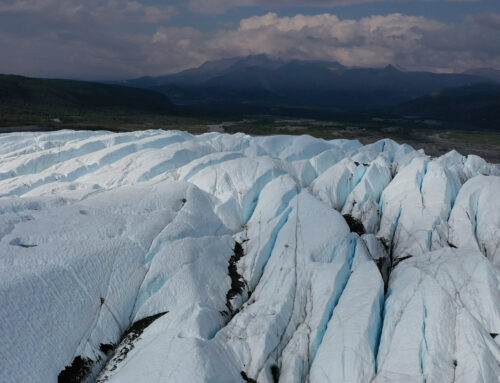Alpine Trail Running
What is Trail Running?
What sets trail running apart from other forms of endurance running? Simply put, this progression of movement happens on trails that are not paved, surfaced, or sealed. Runners who enjoy this type of movement still follow established trails. Typically, these routes focus on moving in a natural environment and the balance between individuals and terrain. Plus, having ample fresh air and organic sensory to integrate with this flow state is an excellent support for successful runs.
History of Trail Running
Across the globe, through many different cultures, we can see a typical pattern with people running. People like to develop skills within their culture and race each other for various reasons. Typically, these reasons align with the social values of the community. A few examples of what people have raced for over time; rites of passage like coming of age, marriage, and where people would live. Other races would determine who would take specific responsibilities or titles in their community.
Honing skills, showing the ability to persevere and overcome, and making decisions in difficult situations seemed to be a proper test for making community decisions. Runners were also used as vital parts of messaging systems and transportation. Running was a means of transport. Some communities have records of people running over 150km between trade cities to do this kind of labor in Africa.
Trail Running in the United States
After some European influence in the 1800s and naturalist recording their wilderness expeditions from the West, the United States started integrating trail running into races. After some reputable wilderness runners like John Muir, Harry Babcock, and Norman Clyde set individual records to beat previous ones, the first trail running race came about.
In 1905, in San Francisco, the Dispea Race was started. This race was seven miles long and started in a valley that climbed into mountainous terrain. This race included some adaptations to encourage the spirit of the movement by allowing children and elders to have an earlier start time than other racers. This allowed for an even playing field when it came to achieving victory. This race inspired many different races to appear across the West and eventually become more popular in the East.
Running in the Alpine
Alaska Trails
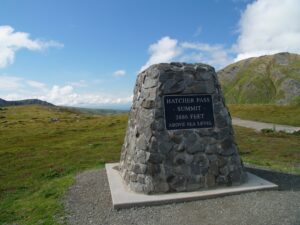
A view from Hatcher’s Pass Summit marker.
In Alaska, you can find a variety of trails that range anywhere from easy to expert. Knowing your skill set and what kind of terrain you prefer, and then incorporating those factors into routing your trail is a great way to start. Many people trail run in Alaska for the varied terrain, epic views, and natural splendor.
A few regions are hubs to many trails and offer different views and experiences. Close to Anchorage, there is Hatcher Pass. This area has trail heads that lead to boulder fields, alpine glaciers, and rugged peaks. Another region that is popular for running and is a center point for trails is the Harding Ice Field. Over in Healy, Alaska, you can pivot between Triple Lakes, Stony Hill, and the Polychrome Overlook.
Alaska is a beautiful place to practice being immersed in the raw beauty of nature while developing the connection of mind, body, and soul that comes with trail running. This reading is just a scratch on the surface of what is possible. Set your goals, make your plans, and enjoy the journey.
References Cited
- “Dynafit USA.” Dynafit USA, Dynafit USA, 2024, www.dynafit.com/en-us/what-is-trail-running. Accessed 20 Aug. 2024.
- “History of Trail Running.” PRO TRAIL RUNNERS ASSOCIATION, 27 Oct. 2022, trailrunners.run/history/#:~:text=One%20of%20the%20first%20trail.
- “Running Trails near Alaska.” Trail Run Project, 2016, www.trailrunproject.com/directory/8006825/alaska. Accessed 20 Aug. 2024.
